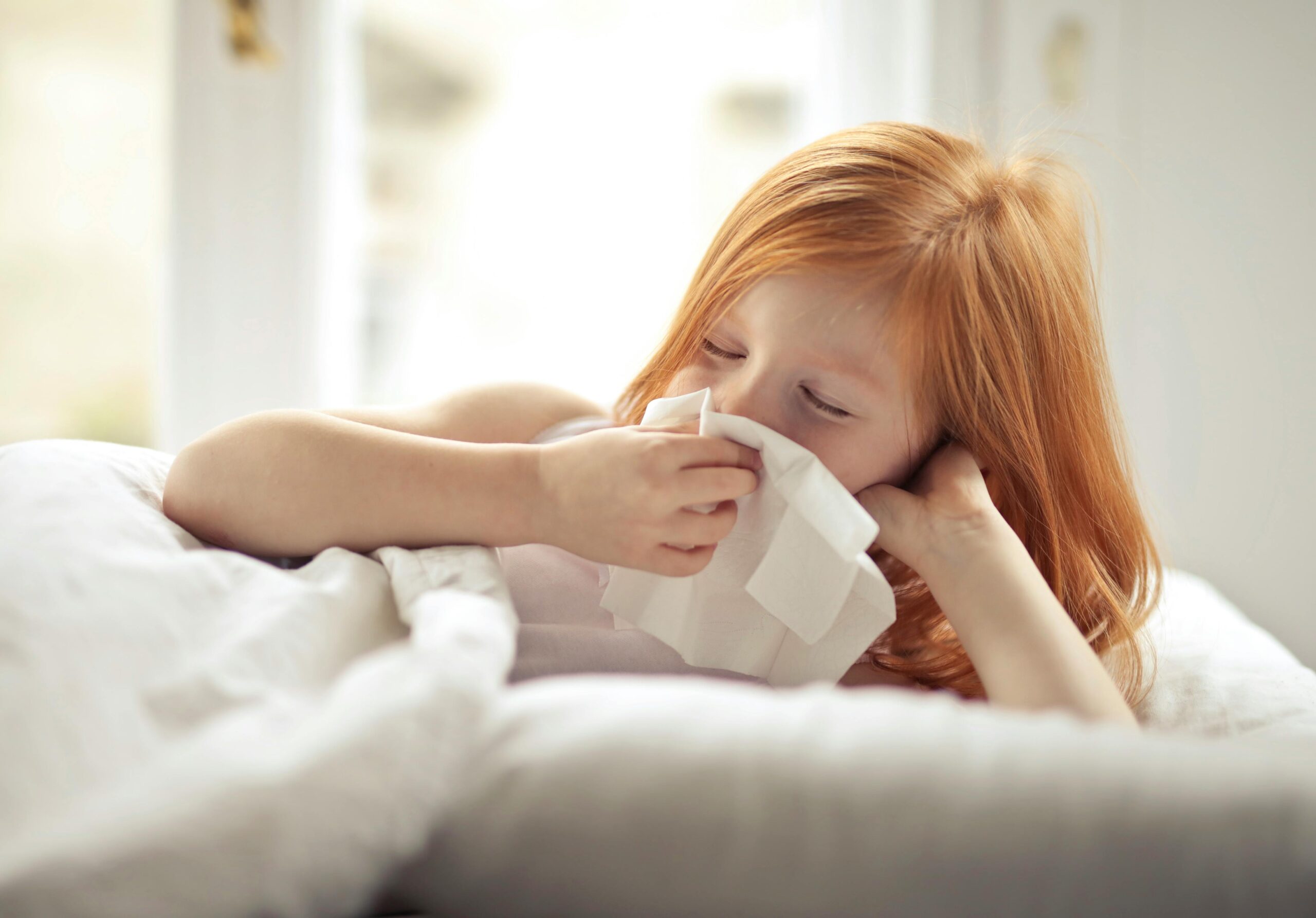Allergic rhinitis and rhino-conjunctivitis


Allergic rhinitis is a condition that causes symptoms mainly from the nose like sneezing, blocked or runny nose, itchy nose, cough and sometimes the eyes (redness, itchiness, clear discharge) and itchiness on the roof of your mouth. It can affect sleep, activities and cause tiredness, irritation or even affect school performance. It can be confused with common cold , enlarged adenoids and asthma which can co-exist. Allergic rhinitis is quite frequently ignored, underdiagnosed and mistreated.
Data from the International Study of Asthma and Allergies in Childhood (ISAAC), which includes multi-center data from over 300 countries worldwide, showed that AR often begins in early life, with a prevalence of over 5% at the age of 3, 8.5% at 6-7 years, and increasing to 14.6% at 13-14 years.
Allergic Rhinitis and its Impact on Asthma (ARIA) was initiated during a World Health Organization workshop in 1999 (published in 2001). ARIA has reclassified AR as mild/moderate-severe and intermittent/persistent. This classification closely reflects patients’ needs and underlines the close relationship between rhinitis and asthma.
Most patients with asthma (both allergic and nonallergic) also have rhinitis, whereas 10% to 40% of patients with AR have asthma comorbidity.
Allergic rhinitis is caused by a reaction of the immune system with release of histamine against particles which in most people cause no symptoms, whilst in others become triggers of these symptoms (allergens). The main allergens are: house dust mite, tree and grass pollen, mold, weeds and dander from cat and dog. Depending on the cause your child might have seasonal or perennial symptoms. There is also non allergic rhinitis which presents with similar symptoms.
The diagnosis is based on thorough history taking with assessment of quality of life. Then this is complemented by skin prick tests which will show you to which allergen-s your child is sensitised to.
Then you will receive a management plan which will entail:
- avoidance measures specific to the trigger
- pharmaceutical plan
In cases of inadequate response to the above, we will discuss the initiation of immunotherapy (desensitisation) to the trigger that causes those symptoms. The immunotherapy will be tailor made to your child covering the triggers of their symptoms. It is a safe treatment that has been established for decades. It is the only disease modifying treatment for allergy. The route (sublingual or subcutaneous) will be discussed with you and there will be a joint decision depending on your needs and preferences. It requires commitment as it usually lasts for 3- 5 years for long lasting effects and regular visits to assess response.
Immunotherapy in children with seasonal rhinitis reduces progression to asthma, an effect that persisted for 10 years. Immunotherapy may prevent development of new sensitizations.


References:
- BSACI guideline for the diagnosis and management of allergic and non-allergic rhinitis (Revised Edition 2017; First edition 2007)
- EAACI Guidelines on Allergen Immunotherapy: Allergic rhinoconjunctivitis, 2017.